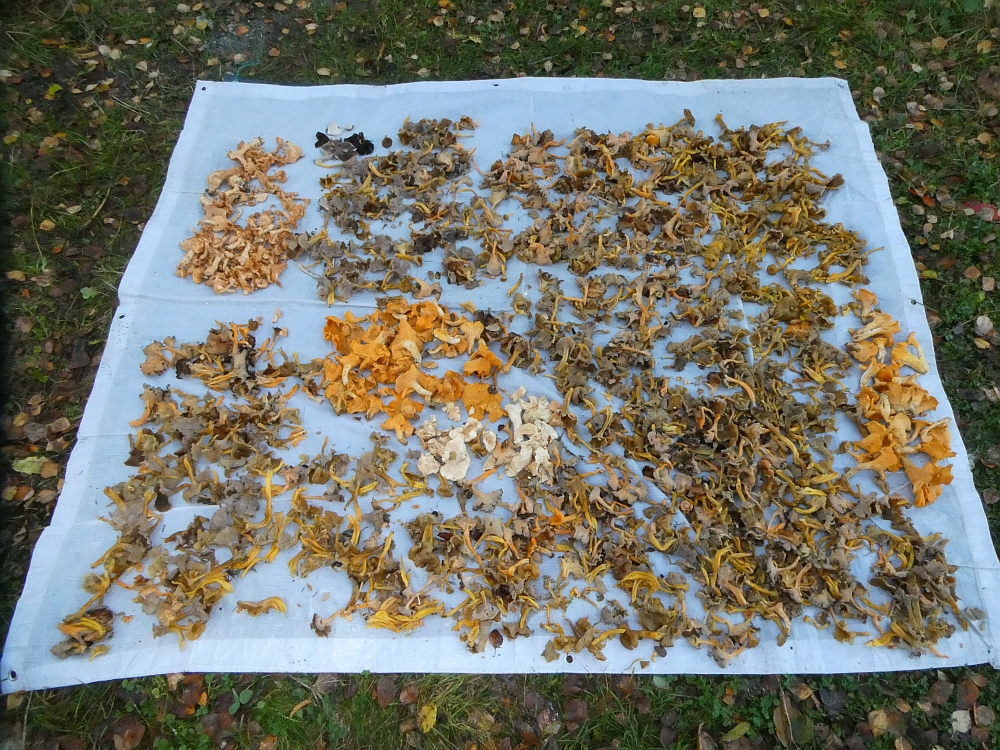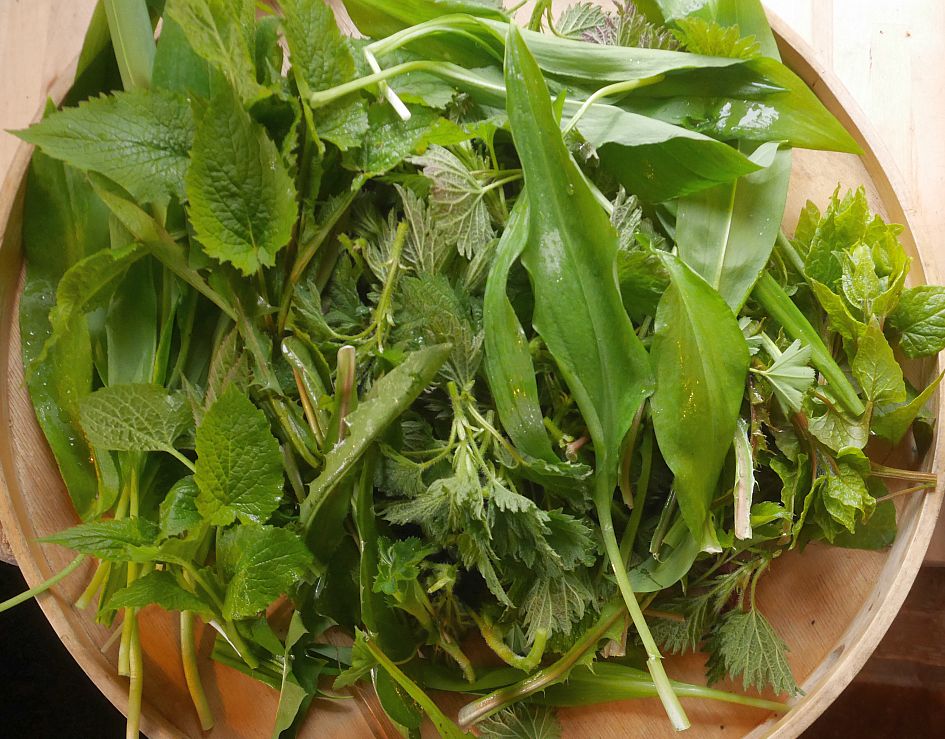Spent yesterday afternoon harvesting winter chantarelles (traktkantarell) as much as we could carry out of the woods and almost all were frozen solid making some unusual sounds in the woods as they fell….
Spent yesterday afternoon harvesting winter chantarelles (traktkantarell) as much as we could carry out of the woods and almost all were frozen solid making some unusual sounds in the woods as they fell….
Spending so much time in the 3 gardens I look after – The Edible Garden; The World and Demonstration Gardens at Væres Venner Community Garden and the Allium Garden Chicago at the Ringve Botanical Gardens in Trondheim – I don’t get into the surrounding forest so often. Yesterday, we had a fantastic day foraging fungi in the forest nearby in Malvik and the forest shared with us and these will mostly be dried. The following edibles were picked:
Winter chanterelle / traktkantarell (grows in damp mossy locations in the forest)
Gul trompetsopp / yellow foot (on the edge of bogs)
Chantarelle / Kantarell – a bit late for this, but we nevertheless found a few patches
Rødgul piggsopp / terracotta hedgehog
Piggsopp / hedgehog fungus (Hydnum rufescens)
(Hydnum rufescens)
More or less the only plant I forage these days from the wild are alpine bistort (harerug) bulbils (Polygonum viviparum / Persicaria vivipara) to dry for the winter. This is one of the 80 plants in my book and I grow various accessions of this plant also in my garden! See also my post on 25th June 2019: http://www.edimentals.com/blog/?p=22680
The best places for this species are in the high mountains and this plant’s tubers saved many mountain folk in the past from dying of hunger. We were at about the tree line and here it’s only found on disturbed ground but in places there can be large numbers of plants as in the video. It was a little early still, so we didn’t pick a lot, but will return in a couple of weeks. As we worked, hundreds of Idas blue / Idasblåvinge butterflies flitted around us!
It was a busy weekend picking our winter supplies of winter chantarelles (traktkantarell) in the forest. This abundant species is mycorrhizal, associated in Norway with spruce, usually in mossy woods.
The forest is now full of edible fungi, witness today’s haul of mostly chantarelles, winter chantarelle, hedgehog fungi (two species) and puffballs (Norw: kantarell, traktkantarell, lys- og rødgule-piggsopp og røyksopp)
Tonight’s omelette had more or less only wild edible perennial plants from my area in it, although all grow in my garden, managed in some way…with one exception which has been in every evening meal for 65 days now, the first in this list:
Hablitzia tamnoides (Caucasian spinach / stjernemelde)
Taraxacum officinale (dandleion / løvetann)
Allium ursinum (ramsons / ramsløk)
Campanula latifolia (giant bellflower / storklokke)
Alchemilla spp. (lady’s mantle / marikåpe)
Urtica dioica (stinging nettle / brennesle)
Aegopodium podograria (ground elder / skvallerkål)


Here’s a short film showing thousands of flowerheads in a damp meadow (the flowers are sterile, the plant almost only multiplying vegetatively by bulbils):